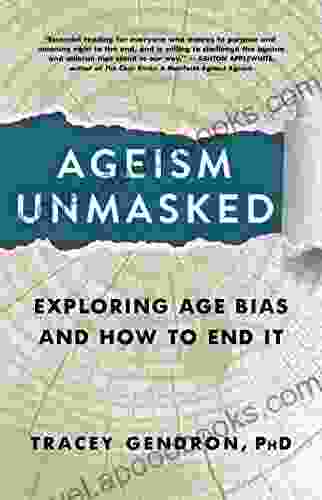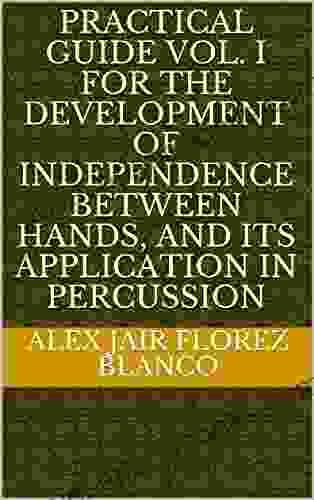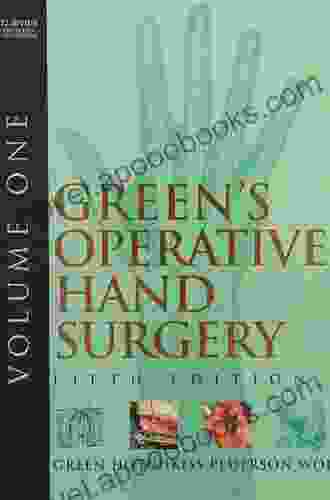Age bias, also known as ageism, is a serious problem that affects millions of people around the world. It is the systemic stereotyping and discrimination against people based on their age. Age bias can manifest in many different ways, including:
4.7 out of 5
| Language | : | English |
| File size | : | 5688 KB |
| Text-to-Speech | : | Enabled |
| Screen Reader | : | Supported |
| Enhanced typesetting | : | Enabled |
| Word Wise | : | Enabled |
| Print length | : | 188 pages |
- Employment discrimination: Older workers may be passed over for promotions or jobs in favor of younger workers, even if they have more experience and qualifications.
- Healthcare discrimination: Older adults may be denied access to necessary medical care or may be treated differently than younger patients.
- Housing discrimination: Older adults may be denied housing or may be charged higher rent than younger tenants.
- Transportation discrimination: Older adults may be denied access to public transportation or may be charged higher fares than younger passengers.
- Education discrimination: Older adults may be denied access to education or may be treated differently than younger students.
- Media discrimination: Older adults may be portrayed negatively in the media or may be ignored altogether.
- Social policy discrimination: Older adults may be excluded from social programs or may be treated differently than younger people.
- Public policy discrimination: Older adults may be denied access to public services or may be treated differently than younger people.
Age bias is a harmful and pervasive problem that has a negative impact on the lives of older adults. It can lead to social isolation, loneliness, depression, and even death. Age bias also has a negative impact on the economy, as it can lead to a loss of productivity and innovation.
There are many things that can be done to end age bias. One important step is to raise awareness of the problem. Many people are unaware of the extent of age bias and its harmful effects. By raising awareness, we can help to change attitudes and behaviors.
Another important step is to challenge age bias when we see it. We can speak up when we hear ageist jokes or comments, and we can challenge ageist policies and practices. By challenging age bias, we can help to create a more inclusive society.
Finally, it is important to support organizations that are working to end age bias. There are many organizations that are working to raise awareness of age bias, challenge ageist policies and practices, and provide support to older adults. By supporting these organizations, we can help to make a difference in the lives of older adults.
Ending age bias is a complex challenge, but it is one that is worth fighting for. By working together, we can create a more just and equitable society for all.
Additional Resources
- AARP: Age Bias
- EEOC: Age Discrimination
- U.S. Senate Special Committee on Aging: Age Discrimination Study
- National Institutes of Health: Age Bias and Its Impact on Health
- World Health Organization: Ageism


























































































